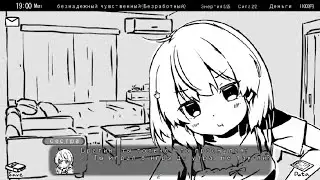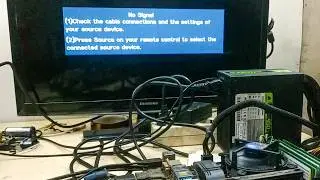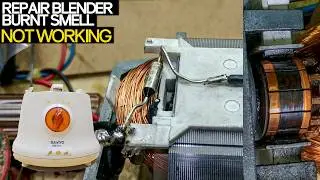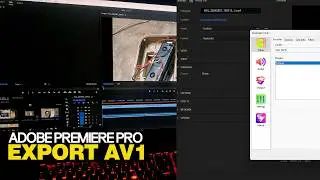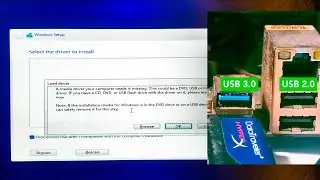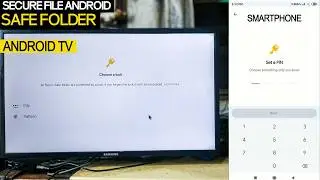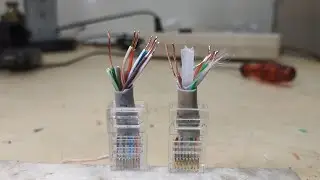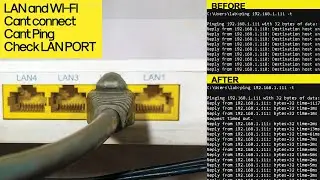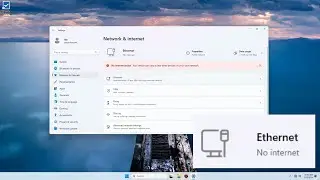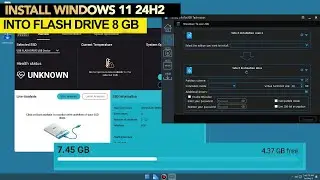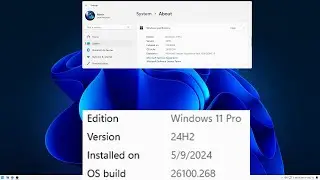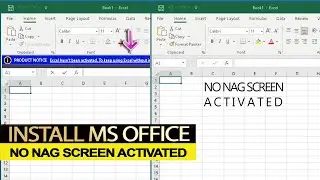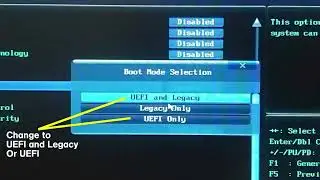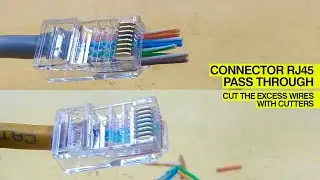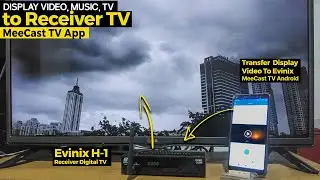LAN Ethernet Ping Request Timed Out or General Failure
00:04 Cable installation errors
00:09 Cable LAN bend
00:15 Cable LAN damage
00:28 LAN cable is excessively twisted
00:30 LAN tester cant detect fault cable
00:45 Compare Good vs Bad LAN Cable
01:12 PING test RTO
01:35 Test PING slow speed look normal
Ethernet Cable Faults
A Common Cause of Ping Request Timed Out or General Failure
Understanding Ping Request Timed Out / RTO
A "Ping Request Timed Out" error typically indicates a communication breakdown between device and another network resource. This can be due to various factors, including faulty network hardware, software glitches, or network congestion. One common culprit is a defective Ethernet cable.
General Failure (next step after RTO
Is further damage to the LAN cable causing the device to appear as if it is not connected, because the router's NIC port detects no connection
How Ethernet Cable Faults Can Cause Network Issues
!! Physical Damage !! : The most obvious cause is physical damage to the cable. This can occur due to accidental cuts, kinks, or excessive wear and tear.
Incorrect Termination: If the cable is not terminated correctly at the ends (using RJ45 connectors), it can prevent proper signal transmission.
Interference: Electromagnetic interference (EMI) from nearby devices or electrical wiring can disrupt the signal carried by the Ethernet cable.
Cable Degradation: Over time, Ethernet cables can degrade, especially if they are exposed to harsh environmental conditions or are of poor quality.
Identifying Ethernet Cable Faults
Visual Inspection: Check the cable for any visible signs of damage, such as cuts, frays, or kinks.
Continuity Test: Use a cable tester to verify the continuity of the wires within the cable.
Swap the Cable: Try replacing the Ethernet cable with a known working one to isolate the issue.
Check Network Connections: Ensure that the cable is securely plugged into both your device and the network switch or router.
Troubleshooting Tips
Reboot Devices: Restart your computer, router, and switch to rule out temporary software glitches.
Preventing Ethernet Cable Faults
Proper Cable Management:
Organize cables to prevent them from being tripped over or damaged.
Use High-Quality Cables:
Invest in good-quality Ethernet cables to ensure reliable performance.
Regular Inspection: Periodically inspect cables for signs of wear and tear.
Keep the cable from being bent / pulled
Avoid the cable from being unraveled from top to bottom, and forming bends that damage the LAN cable
Create protection so that the LAN cable does not bend more than 90 degrees

